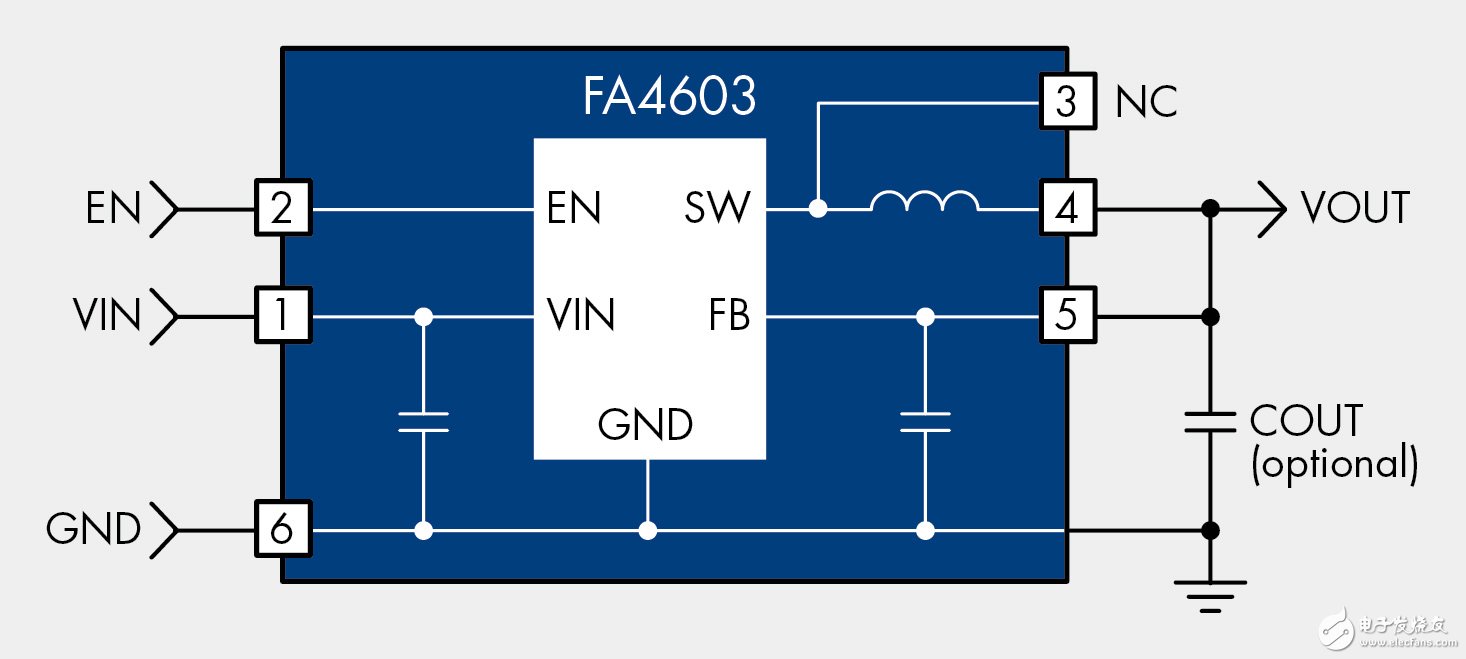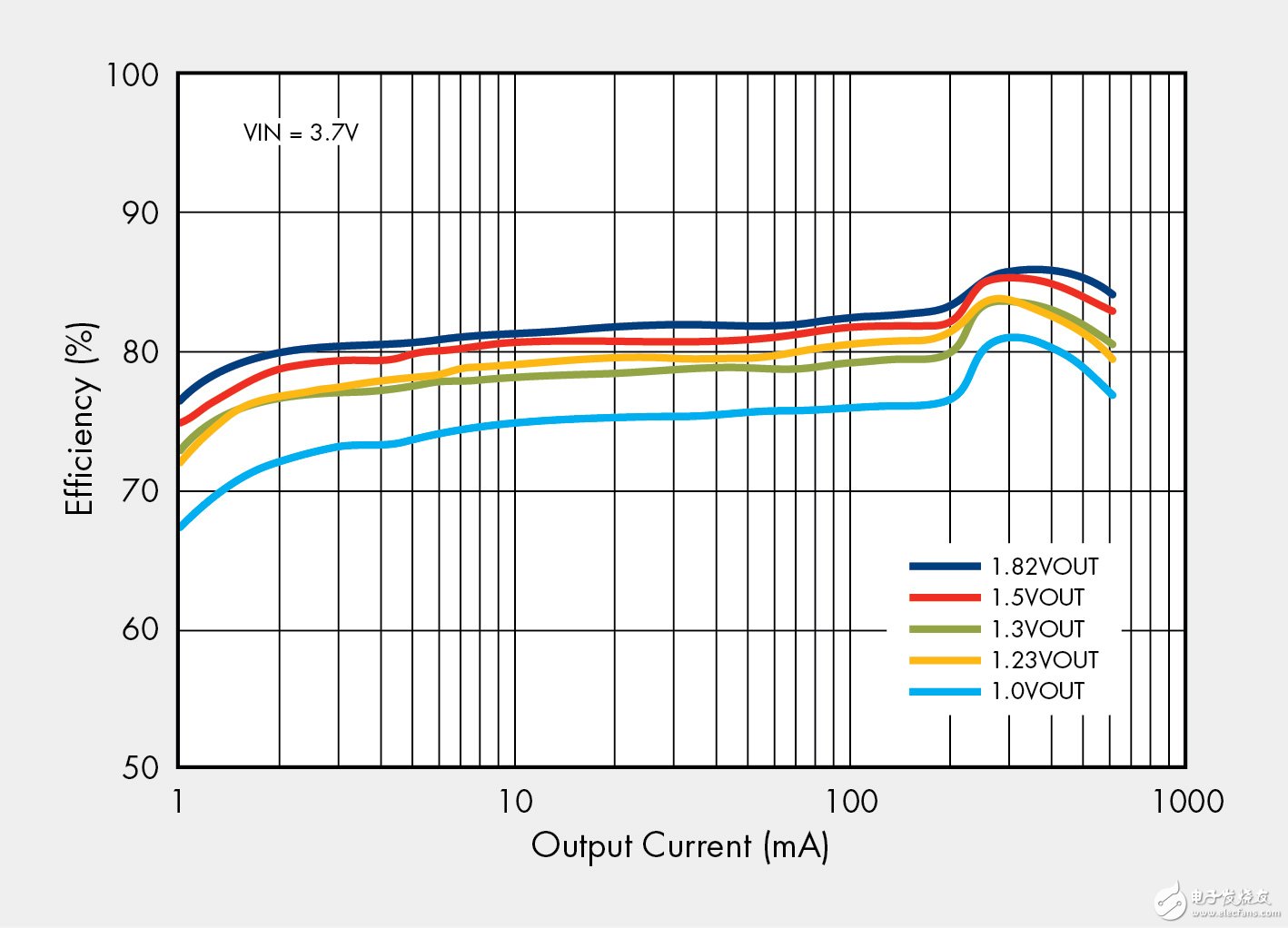Electronic enthusiasts news : The medical industry is eager to obtain multi-function and interoperability, and of course also needs a wireless interface. This article will discuss the development trend of wireless and its challenges, including the standard and frequency and power considerations in the design when using wireless modules . Applications that use single-cell rechargeable batteries will be future general-purpose terminal application products, such as certain blood glucose meters and pulse oximeters. We will discuss how these trends affect the healthcare industry. Although there are always some tech-savvy users in consumer application equipment and can recommend a series of feature sets and accessory functions to them, typical medical end users may have a wide variety, from home patients to hospital care Nurses of severe patients, both have specific needs and desired characteristics. But as a terminal device, medical equipment must be reliable and easy to use. Technologies that meet the above requirements are already available, but more importantly, they are also proven to meet these needs and drive current design trends. If designers know where to find the right technology and how to apply it, cell phone technology is readily available and easy to use. Medical mobile devices often have specific uses, such as pulse oximeters or blood glucose meters, and these devices perform their core tasks very well. These portable devices have evolved to have multi-sensor daily tasks and data trend records, and it is not practical to keep this information on small mobile phones with limited display screens. There are two general methods for obtaining this data from the phone or its interface: using wireless or via USB. Not long ago, removable memory cards were used, but even the simple task of removing them or inserting them into a PC was troublesome. Wireless trends and solutions Medical phone designs now support two standards: Bluetooth Low Energy (Bluetooth®) and ZigBee®. In the field of wireless medical telemetry service (Wireless Medical Telemetry Service, WMTS) and industrial science and medical (ISM), there are also some solutions based on proprietary technology, whose frequency band range is 400MHz to 2.5GHz, of course, This still belongs to the frequency band of mobile phones. The frequency band selection will depend on the application requirements and the distance to the receiver. The size and available power of the device will also affect the frequency band. Regardless of the frequency selection, power is also a common dilemma for all wireless applications, but this is where we make the most use of semiconductor technology from the mobile phone industry. Choose a single-cell lithium-ion battery as a rechargeable power source in order to best apply this technology. Although AA dry batteries and button batteries are also available, their low voltage often requires a more expensive step-down / boost topology, and the second power supply option is not so common. The core problem of wireless technology is its dynamic power requirements. The wireless transceiver cannot work in continuous broadcast or reception mode, but sends or receives pulsed data according to application-related needs. It is this kind of pulsed work that is most difficult to do on the battery-powered rail (Vbatt). Connecting the wireless transceiver bias directly to the battery through the capacitor bank is a solution, but rechargeable batteries have a large operating voltage range, usually 2.5V to 4.2V. A DC / DC buck converter must be used for the chip's core power rail. This keeps Vbatt stable and does not cause an undervoltage event downstream of the sensor that is ultimately connected to Vbatt, which may affect data accuracy. The medical device design team may not have mobile power experts, but it still hopes to release new differentiated products in the fast-paced industry competition in order to increase market share. In order to eliminate detailed DC / DC design and modeling, Fairchild Semiconductor introduced a fully integrated power module FAN4603 for wireless transceivers that operate on a single-cell rechargeable lithium-ion battery. All input capacitors, inductors, and output capacitors are integrated in a 2.5mm x 4.0mm surface mount package. Its transient response characteristics are the key to handling the dynamic power requirements of wireless technology. The input range is consistent with the rechargeable battery, and the output is fixed at 1.0V to 1.8V, depending on the device number suffix type, and provides up to 600mA of current. The 6MHz switching frequency allows portable wireless devices to use small integrated inductors with good transient response quality. Figure 1 shows the internal structure of FAN4603. Figure 1. FAN4603 DC / DC converter for 3.7V lithium-ion battery, with a fixed output voltage range from 1.0V to 1.8V, current up to 600mA In addition to the transient response performance, when selecting a DC / DC converter, it is also important to observe the efficiency curve and pay attention to the efficiency at the nominal operating current. Figure 2 shows the sample curve of the FAN4603 data sheet. The data sheet also details the transient performance. The oscilloscope display shows the stability of Vout when the current goes from a steady state to a peak, that is, to simulate wireless broadcasting, or activate a higher power sensor, such as the LED in a pulse oximeter . Figure 2. Efficiency curve of FAN4603 DC / DC converter with a load of 1mA to 600mA at 3.7V input and different output voltages.
Gas burner principle
Barbecue Grill, Gas Stove Burner, Windproof Camping Portable Stove, Gas Bbq Grill Ningbo APG Machine(appliance)Co.,Ltd , http://www.apgelectrical.com
